From Hollywood to Hiroshima: Retracing my father’s cinematic journey
By Leslie A. Sussan | June 8, 2021
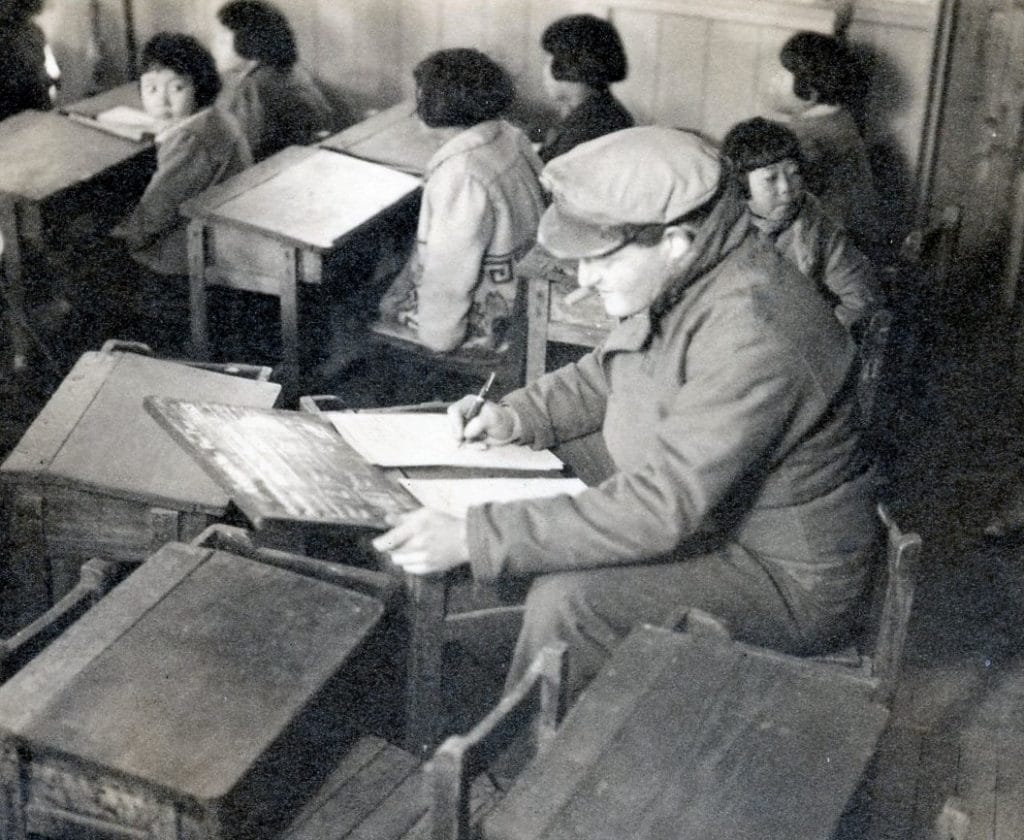
Everyone has seen the aerial photographs of the mushroom cloud, but few have heard the voices of those who were looking at the mushroom cloud from below and survived in the ruins afterward. One person who listened to those voices first-hand was my father, Herbert Sussan. Sent as a US Army photographer immediately after the end of the Second World War, he was assigned to make the only color film record of the effectiveness of the atomic bombs. But in carrying out his assignment, he took on a new mission—to record the indescribable human suffering caused by the bombs—and this new mission changed him.
More than 40 years later, I retraced my father’s journey to both Hiroshima and Nagasaki and listened to the survivors reflect on how the bomb, and the filming, changed their lives—and their stories changed me. The hibakusha—the survivors—are dying out with the passing years, but their voices carry the urgency of a call for peace that is compelling for today’s world.
Suzuko Numata was a young woman eagerly anticipating the return of her soldier fiancé to Hiroshima for a summer wedding when she met the pikadon—the flash and thunder of the atomic bomb. She was dragged out of her office building in time to escape the flames, she told me, but her leg was severed and had to be amputated. She lay for months in the hospital where doctors and nurses, injured themselves and lacking supplies, tried to fend off infections.
In March 1946, the nurses told her, with no explanation, that she was to go to the roof to be photographed. Her mother made her wait until she could dress Numata-sensei in her one intact kimono, the one intended for her wedding. It was faded and stained by dirt and water, but Numata-sensei’s mother carefully washed and dried it so that it could be worn. Numata-sensei had not tried to stand or walk since her injury. Now, she struggled for the first time to use crutches. When she reached the roof, she saw at last with her own eyes the ruins of atom-bombed Hiroshima. She cried, “Everything’s gone! Nothing matters now!”
Then she noticed an American man—Herbert Sussan—standing near an enormous camera. When she saw the tall American soldier for the first time, she told me in 1987 she was petrified:
He was such a big man, with such big round eyes. He was the first American I had seen since the war ended. He said, “I’m sorry, it must be very painful, but we want to film you. So please take the bandage off.”
I did. When he saw the stump of my leg, he said, “It must really hurt very much.”
So, I felt that he was kind at heart.
Numata-sensei was mortified to be seen in that condition and hated to be filmed. Even so, she says she is now grateful that this record exists.
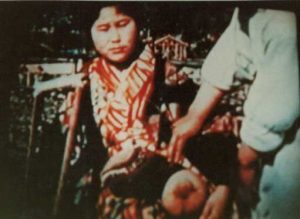
What made my father, unlike many of the occupiers of Japan, look into the eyes of a former enemy and see her pain? He too was relieved that the war was over and that he had survived, but he also saw the human cost.
The faces of those he filmed haunted him. He wanted to share the images with the American public so everyone would have his understanding of what nuclear weapons really meant. He was sure that living color would communicate more than data or words or even still photographs could. Something more immediate, more human, more visceral. But the US Army was emphatically not interested in this plan. The footage my father’s crew shot was treated as top secret and used only to make military training films. Even he did not even see the developed film for 40 years. He tried repeatedly during his years as a television producer for CBS and then NBC, contacting everyone he could from Edward R. Murrow to Robert Kennedy to Harry Truman himself.
Late in life, he developed non-Hodgkin’s lymphoma. He believed that the cancer was a late effect of his time in the atom-bombed cities, and he finally broke through the shell of the Silent Generation to speak publicly about his experiences.
In 1978, he heard about a special exhibition about nuclear disarmament at the United Nations and managed the strength to walk the 10 blocks from his apartment. Entering the display room at the United Nations, he walked back into his own past. He gazed at the photographs that were shockingly alien to other visitors—but shockingly familiar to him.
One image stopped him completely. He leaned forward on his cane and peered closer to be sure. The blown-up picture showed a 16-year-old boy of whose back was a bubbling raw mass of burns. He knew that boy. He remembered wincing when he turned on bright lights to film the same boy in a Nagasaki hospital. He felt that the heat of the lamps must add to the pain. My father approached the exhibitor, a pleasant but intense Japanese gentleman, and explained that he had filmed this boy.
Tsutomo Iwakuri was fascinated to hear about the suppressed color movie footage portraying some of the same scenes and people in the photographs on display. He returned to Japan and started a nationwide grassroots movement called the Ten-Feet Campaign to find and obtain release of the footage (now in the National Archives). The Ten-Feet Campaign—so called because each donor to it was said to be buying 10 feet of the suppressed film—identified and located surviving hibakusha (persons affected by the atomic bomb) who had been filmed and organized emotional reunions with them and my father.
My father and Numata-sensei met face to face for the first time in 36 years at that film screening. She had not forgotten his face. He recognized her at once. Both were struck speechless. They gazed silently at each other for several minutes. She noticed that his hair had thinned; he seemed so much older and weaker. He was amazed to see her still alive and full of energy.
Numata-sensei told me later that his face was lined and sad, and he kept saying how sorry he was. She assured him that she did not hate him or have any bad feelings toward him for filming her. It was true, she said, that for a long time she had hated America. Had America not dropped the bomb, her life and her body would have been so different. She did not like being photographed at the time. But now, she insisted, it was good that his film had preserved a true record. And, in time, she had realized that war leaves victims in every land. Now, she said, she hates war, but does not hate any human being.
Nishikubo-san is another hibakusha. He was born in 1884 and spent 20 years in Los Angeles (from 1902 to 1922) working as a farm manager. In 1912, he returned to Hiroshima to marry. On August 6, 1945, he was at the trolley stop on the exposed side of the Hijiyama Hill, about 1.5 kilometers from ground zero. He saw a blinding explosion and, after a few seconds, heard the thunderous don. His right ear went deaf. Everything was dark. He was feeling for his air raid hood (a padded cloth head covering provided to civilians) as things began falling all around him. His left hand was cut, and three fingers became useless; his right elbow and wrist were injured. All his clothes were torn off except his trousers. Fragments of glass became embedded in his chest. He was severely burned, his face was swollen, and the skin had peeled off his arms and was hanging down in shreds. Many of those exposed at Hijiyama-mae died immediately, but those who were alive crossed together over to the sheltered side of the hill.
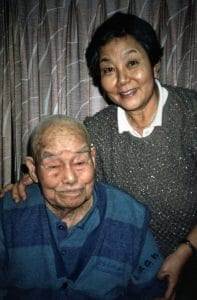
For months after the bomb, Nishikubo-san’s entire family felt weak, lost hair, and suffered from diarrhea and loss of appetite, even his wife, who had been otherwise uninjured. Nishikubo-san’s burns healed, but his daughter’s wounds remained raw, and pus seeped out of them off and on for a year. While recuperating, the family stayed in a rural area, but the men came into town from time to time to repair the house. They finally returned to it after about three months.
The family read articles saying that not even grass would grow in Hiroshima for 70 years, and it was widely thought that everyone would die. The rumors and uncertainty about the likely fate of those who lived in Hiroshima after the war and of their future children haunted all the hibakusha. His daughter reported that a common fear that not only hibakusha but their children and even grandchildren might yet suffer, the taint passing down through blood. When his granddaughter wanted to marry a man from another prefect, the man’s parents refused to sanction a relationship between two young people.
Nishikubo-san told me that he never thought America was “bad,” but he did feel that the atom bomb was awful and powerful. He asked himself why it is that hibakusha can forgive when so many Americans are still bitter about Pearl Harbor. He believed that Japanese people forgive more easily because they do not keep hatred in their hearts.
He offered this plea for me to take to the wider world:
Nuclear war would destroy the Earth and eliminate the human race. There must be no more nuclear war, and we must never make such bombs to kill people again. Hiroshima’s bomb was very small, yet so many died in an instant from its terrible power.
So please never let people forget Hiroshima and Nagasaki. If people forget the fearfulness of the deaths, the souls of hibakusha cannot reach heaven but will wander forever in hell. I will pray no other people will ever suffer nuclear war.
As we finished listening to the story, Nishikubo-san signaled his daughter to get something. She brought out a ceramic doll about two feet high and round except for a flat base. She explained to us the myth of Daruma (the Japanese name for the Indian saint Dharma).
It is said that Daruma struggled for years to reach enlightenment. He finally sat down to meditate and vowed that he would not get up again until he had achieved enlightenment. He sat still so long that his arms and legs fell off, but eventually his determination was rewarded. That is why Daruma dolls are always round with no arms and legs. Thanks to the weighted bases, when you push them over, they right themselves. The Japanese say that Daruma is seven times falling down, but eight times getting up. He is a symbol of persistence and patience. Daruma dolls are always red with big empty white eyes. By custom, the black center is painted into one eye while making a wish or a vow. When the goal is fulfilled, the other eye is also painted in. This doll had both eyes painted in but had not been burned. Nishikubo-san explained that he had wished on this Daruma that he might live to be 100 years old. He painted in the second eye when he achieved that milestone. He was 104 years old when we met. He gave his Daruma doll to my daughter to bring back to America. He hoped that the Daruma would make us patient and persistent in working for remembrance of the hibakusha and for the end of nuclear weapons.
These are two stories of about a dozen in my book, Choosing Life, two of hundreds of hibakusha shown in the suppressed footage shot by my father’s crew. Hundreds of thousands died, and now billions are at risk due to nuclear weapons. For decades, the reality of the effects of the atomic bomb was intentionally hidden, and the American people were misled as the arsenal of world-destroying weapons accumulated in the United States and around the globe. If our history is hidden, we lose the tools to understand the present and to shape the future.
In this 75th anniversary year of the only actual use of nuclear weapons, it matters more than ever that our children be freed from the shadow of instant destruction that hangs over all of us. The fight against COVID-19 matters; climate change matters; Black lives matter. But as long as one person alone with a finger on the button can trigger the end of humanity, no other human accomplishment or aspiration will be secure.
Editor’s note: This essay draws from the author’s recent book, Choosing Life: My father’s journey in film from Hollywood to Hiroshima.
Together, we make the world safer.
The Bulletin elevates expert voices above the noise. But as an independent nonprofit organization, our operations depend on the support of readers like you. Help us continue to deliver quality journalism that holds leaders accountable. Your support of our work at any level is important. In return, we promise our coverage will be understandable, influential, vigilant, solution-oriented, and fair-minded. Together we can make a difference.
Keywords: Herbert Sussan, Hiroshima, Nagasaki, US Army photographer, hibakusha
Topics: Nuclear Weapons
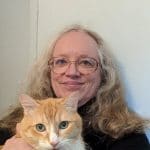





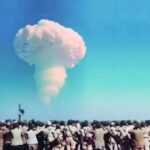
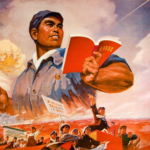


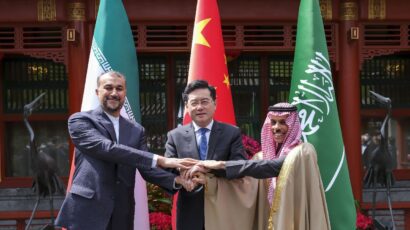





So … is this supposed to be easy? Does anyone feel better? Does anyone feel that war is kinder and gentler now? Did the Japanese feel bad for the Bataan Death March or any Americans who were starved to death or bayonetted with their hands behind their backs then dropped in unmarked graves? War is war. Both sides bore the battle. If anyone thinks that neither side deserves any kind of apology…. I’ll leave it up to you. The attrocities commited by both sides never heal unless they are both addressed and dealt with. As an American serviceman, Once a… Read more »